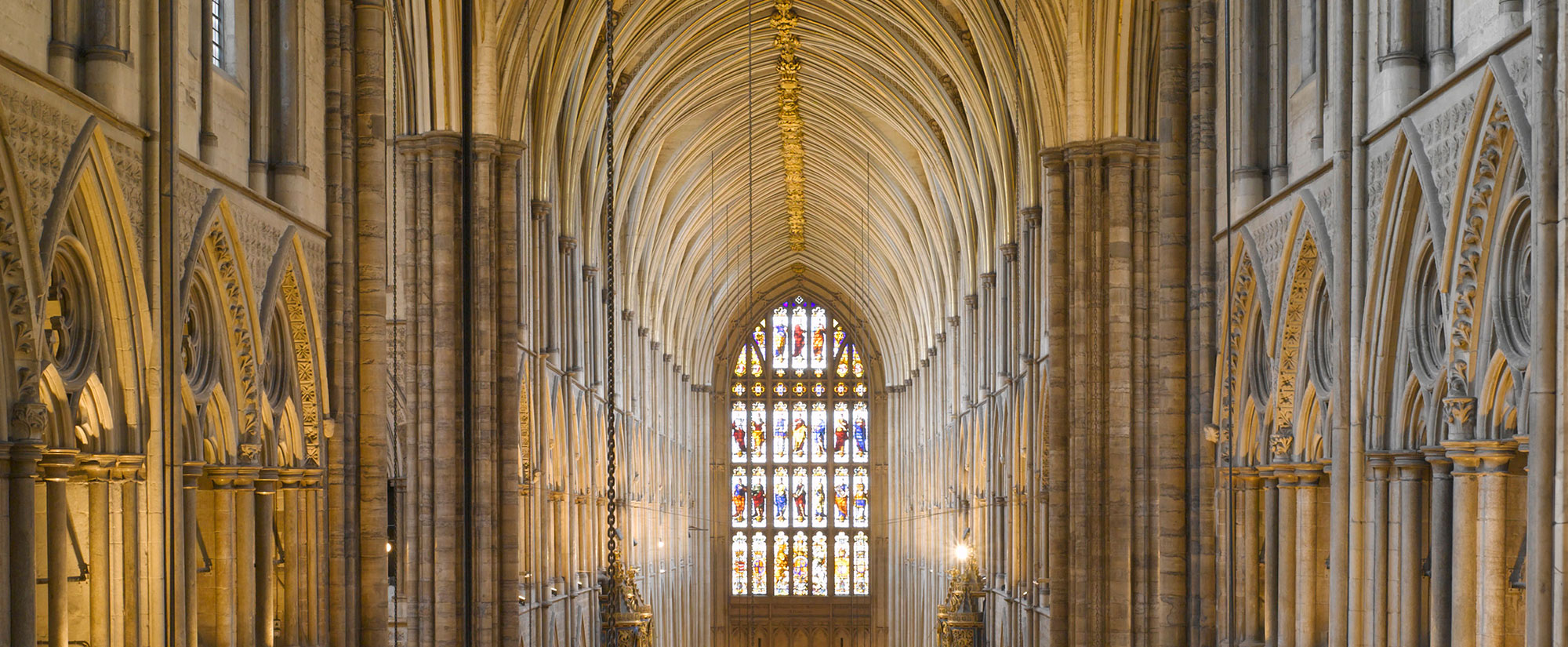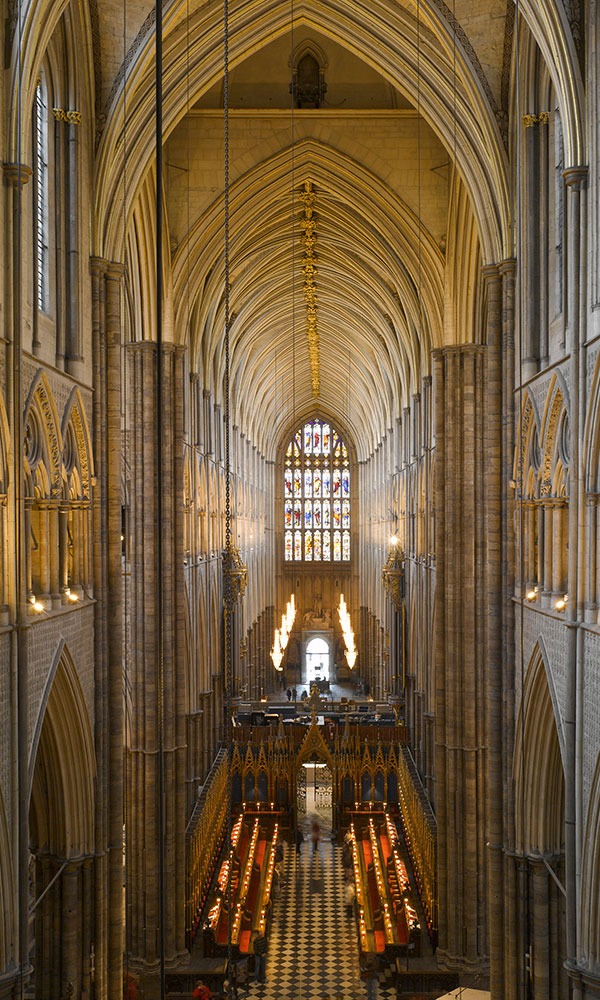ORKNEY, SCOTLAND—A new theory proposes that Neolithic burials in Orkney and Shetland may contain the bodies of tsunami victims, according to a BBC News report. The theory is based on clear evidence of tsunamis that occurred in the Solomon Islands and Vanuata, in the southern hemisphere, around the same time the burials date to, just over 5,000 years ago. Evidence of a tsunami that occurred around this time has been found at Garth Loch, South Nesting in Shetland, but no such evidence has been found in Orkney. “The question is, is it at all possible that even a single body in [the mass burials] might have drowned? And, if so, when did that drowning take place?” says James Goff of the University of South Wales. “And is it indeed possible that it is indeed linked to the Garth tsunami?” Archaeologists who have excavated in Orkney are skeptical of the theory. They point out that the mass burial sites do not show signs of having been constructed in haste and that they appear to have been built over a span of hundreds of years, and as such could not have been the result of a single event. To read in-depth about archaeology in Orkney, go to “Neolithic Europe's Remote Heart.”
Did Orkney’s Mass Burials Result from Tsunamis?
News August 2, 2018
Recommended Articles
Features January/February 2013
Neolithic Europe's Remote Heart
One thousand years of spirituality, innovation, and social development emerge from a ceremonial center on the Scottish archipelago of Orkney
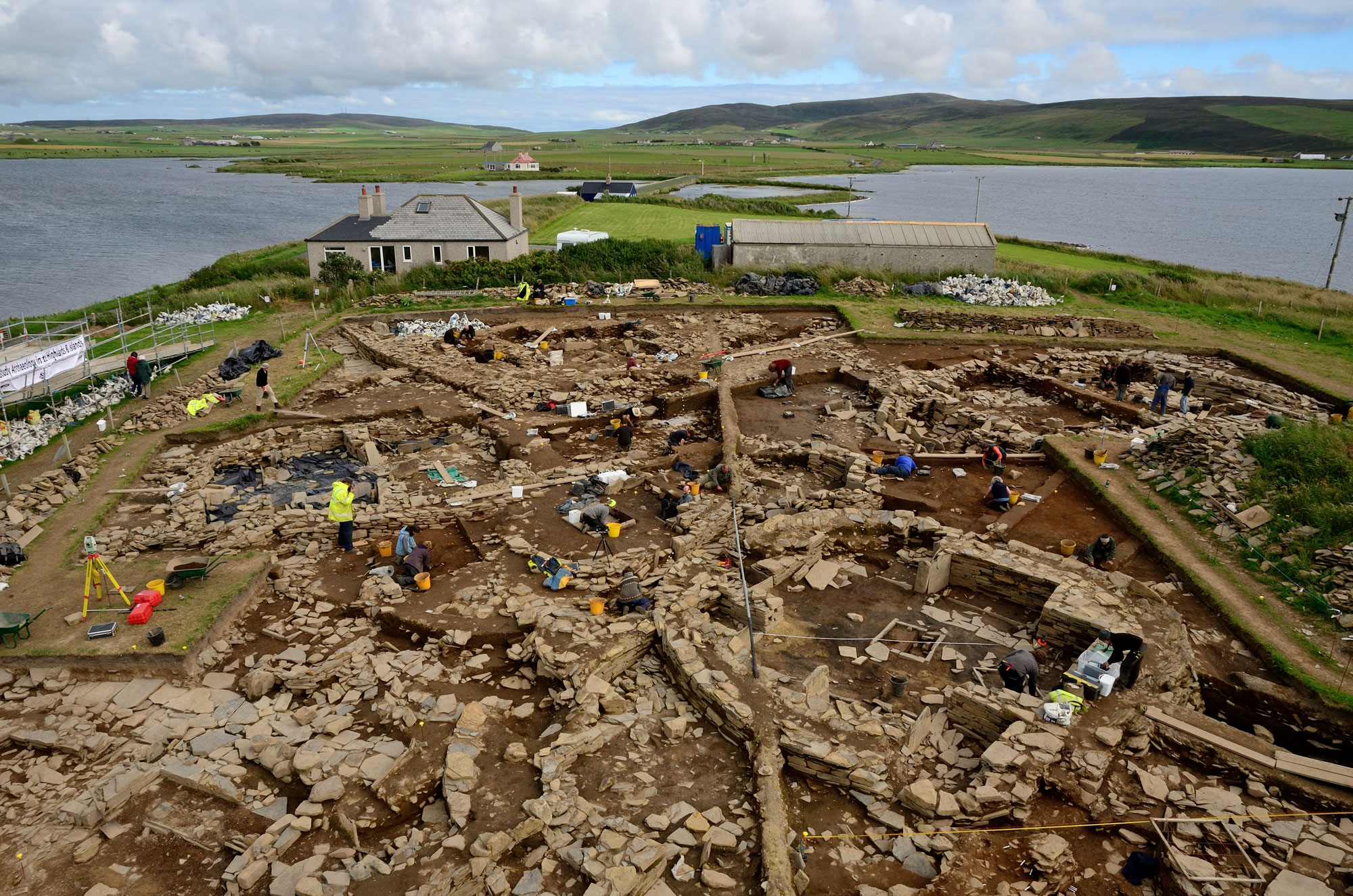
Digs & Discoveries November/December 2025
BYOB(oar)

Features September/October 2025
Here Comes the Sun
On a small Danish island 5,000 years ago, farmers crafted tokens to bring the sun out of the shadows
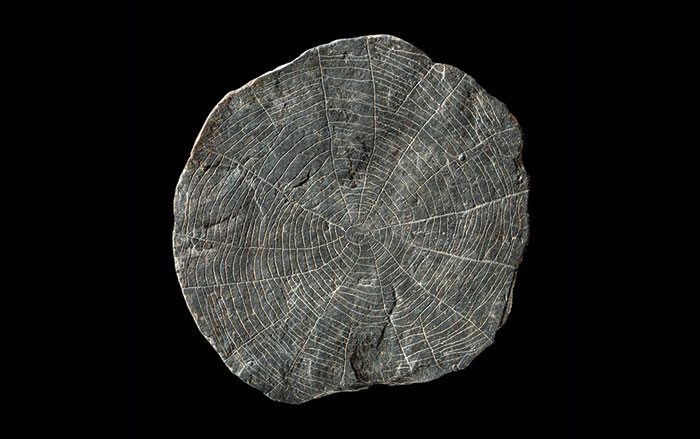
Digs & Discoveries July/August 2025
Neolithic Neophytes
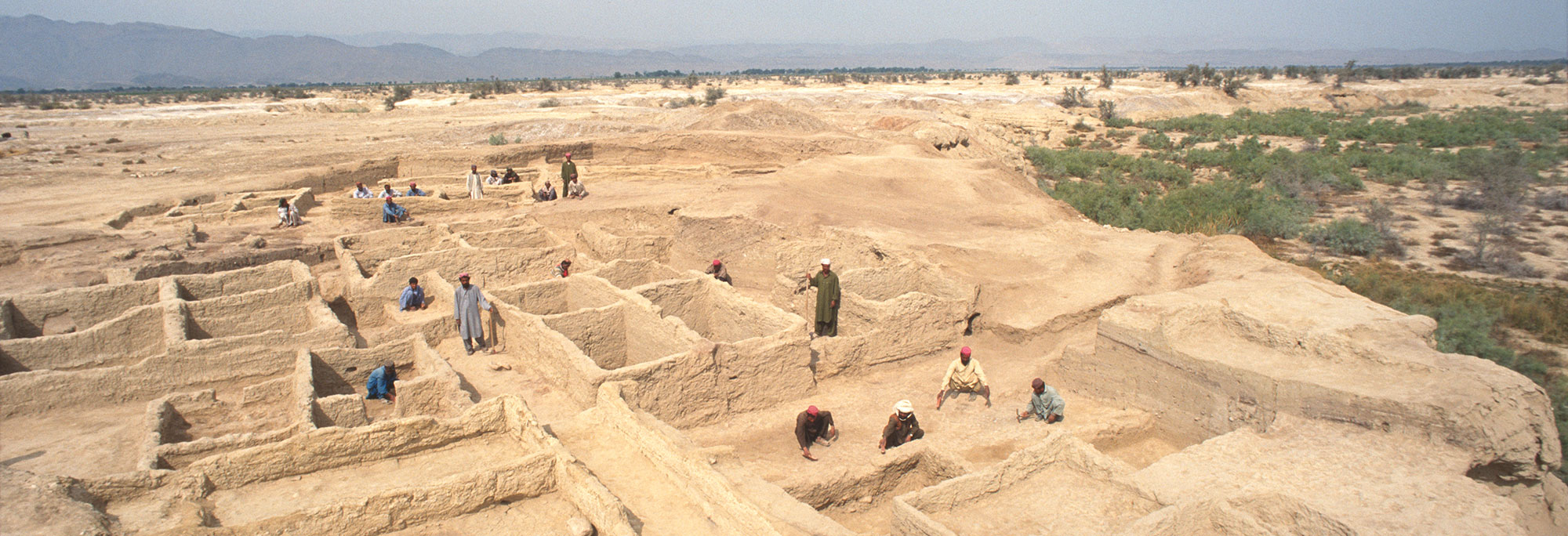
-
Features July/August 2018
The City at the Beginning of the World
The only Maya city with an urban grid may embody a creation myth
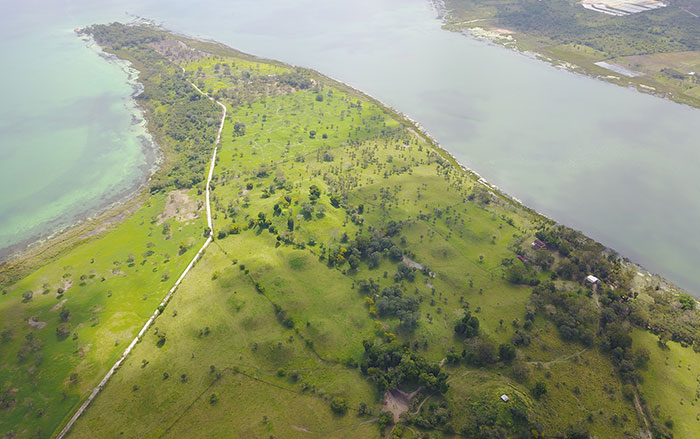 (Courtesy Timothy Pugh/Itza Archaeological Project)
(Courtesy Timothy Pugh/Itza Archaeological Project) -
Letter from England July/August 2018
Inside the Anarchy
Archaeologists explore the landscape of England’s first civil war
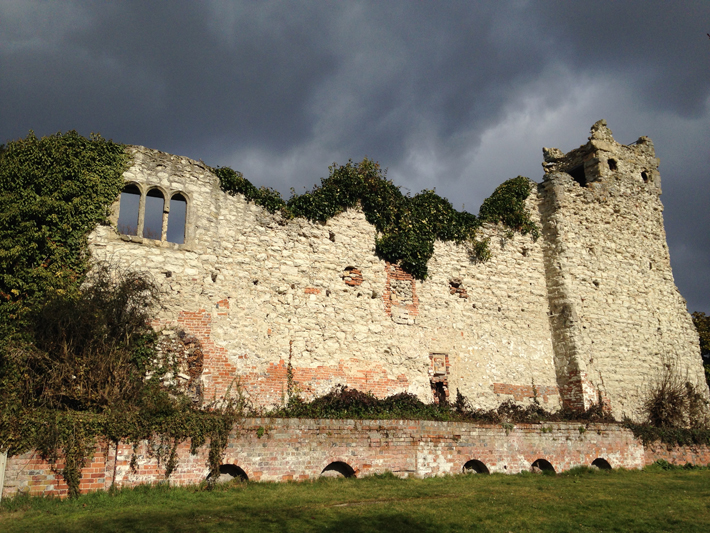 (Kate Ravilious)
(Kate Ravilious) -
Artifacts July/August 2018
Roman Boxing Gloves
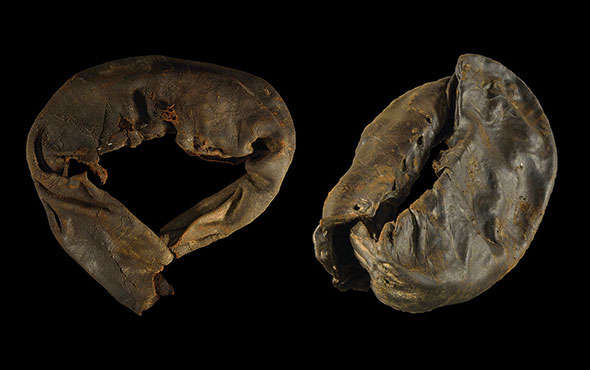 (Courtesy Vindolanda Trust)
(Courtesy Vindolanda Trust) -
Digs & Discoveries July/August 2018
Sun Storm
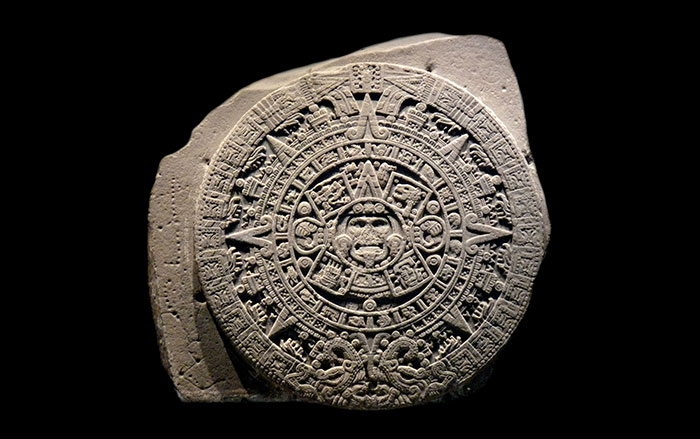 (Universal History Archive/UIG via Getty Images)
(Universal History Archive/UIG via Getty Images)


